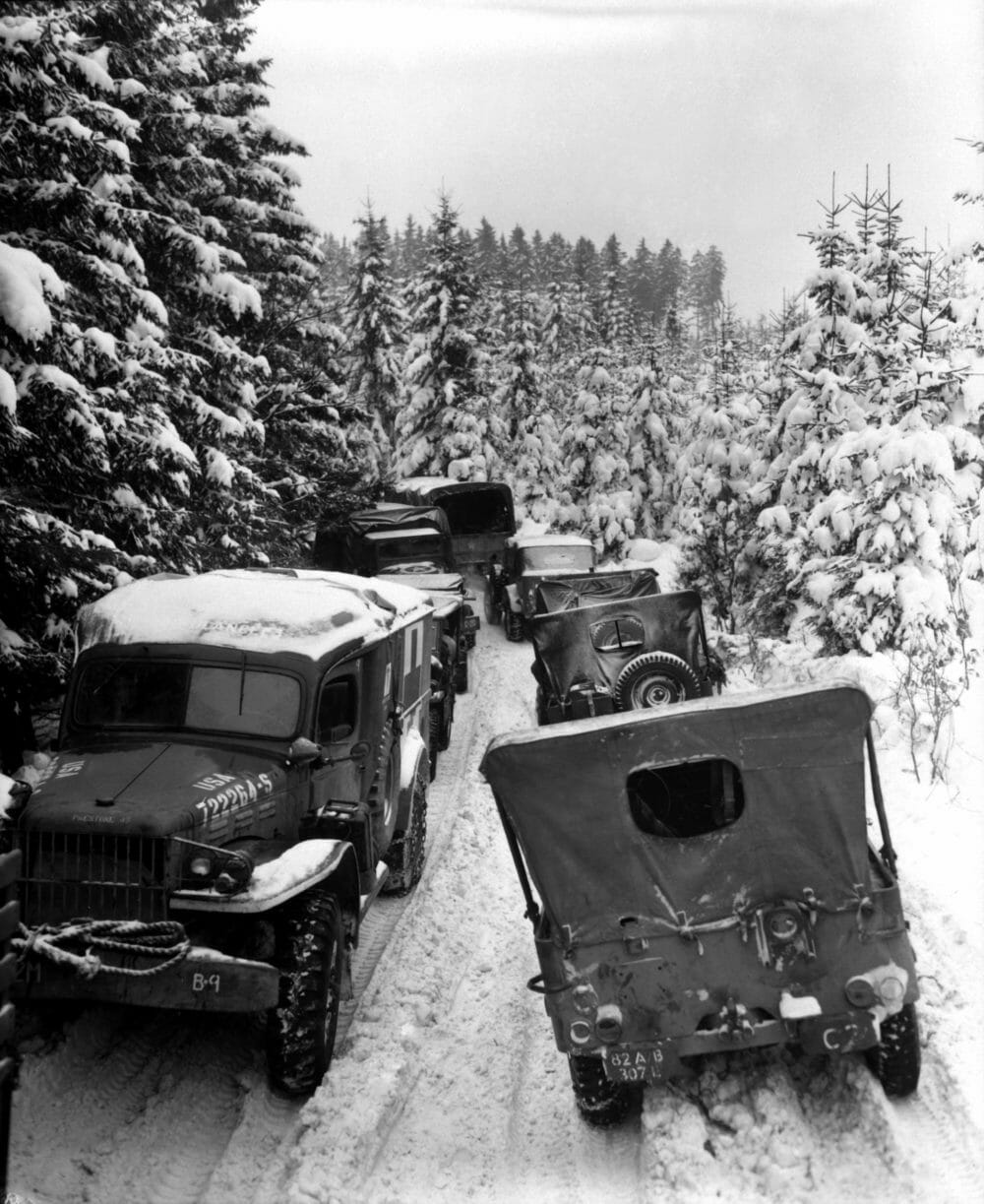We’re Probably Going to Need More Snowpocalypse Puns

You may have either personally experienced or noticed in the news this week that the Atlanta metropolitan region was completely destroyed by a couple of inches of snow. You had your laughs—yes, you did. Then you saw that kids were stranded in schools and people were stranded in frozen cars for like 20 hours at a time. Then you stopped laughing. Now that things have calmed down a little bit, it is time to ponder, yet again, What’s Wrong With Atlanta.
The last time your beloved Baffler blog checked in on Atlanta, we were observing the local baseball team’s abrupt decision to relocate to the suburbs of Cobb County. This seemed odd at first. Why move somewhere with no rail access from the city itself, from a stadium that’s only 17 years old? Like most things involving city planning, though, it had to do with “urban” people, and the elaborate schemes white suburbanites will concoct to avoid laying eyes on them.
The baseball stadium story introduced those of us who were previously unfamiliar with the Atlanta metropolitan region to its messy design: basically dozens of populous tribes calling themselves “towns” or “counties” that want nothing to do with each other and work hard to nix proposed transit solutions that may, god forbid, connect them. In other words, there are a lot of cars. And when all those cars hit the highways at once to get home before a snowfall, you have the actual destruction of a metropolitan region for days at a time.
Rebecca Burns, an Atlantan, expertly explains the situation in a Politico Magazine piece:
In the early 1970s, Atlanta finally got some transit. But the system that was created, MARTA (the Metropolitan Atlanta Rapid Transit Authority), serves only the city of Atlanta and the two counties in which its boundaries fall, DeKalb and Fulton. In 1965 and 1971 votes, residents of the other adjoining counties—Cobb, Clayton, and Gwinnett—rejected MARTA, with votes following racial lines. A 1971 compromise hammered out in the statehouse hamstrung the transit authority’s governance, restricting its use of income for operations and service, meaning that MARTA has not been able to add more service or increase frequency even as the region’s population has grown. In the 1990s alone, 650,000 people moved to metro Atlanta, most of them settling in the northern suburbs.
Ironically, as the metro area grew over the past three decades, those suburban counties have become more diverse, more crowded and more congested. But even if those new residents wanted to use MARTA, it wouldn’t be easy for them to do so. There are few connections between MARTA and systems such as Cobb County Community Transit (CCT), which mostly operates bus routes between major commercial centers in Cobb and the heart of downtown Atlanta. Among the stranded vehicles Tuesday were regional buses. Indeed, a CCT bus spun its tires right behind me, to the amusement of those tourists. Clayton County’s bus service was eliminated in 2010, a victim of the recession.
There will be lots of pieces calling on the Atlanta metropolitan region’s transit system to change, now, following one snowstorm. More likely, everyone will forget about it and continue having the same beliefs that led the transit system to be structured the way it is. And there are ways to deal with massive sprawl and the traffic it causes when bad weather events come around, to be fair. The Washington, D.C., metropolitan region has it mastered: when there’s even the slightest possibility of a quarter-inch snowfall in the future, close all schools and offices for a week.
This isn’t to pin everything on Atlanta, though. This is another episode of a city that isn’t prepared for, or designed to withstand, certain weather events getting blindsided by what may, yes, be the effects of climate change. Atlanta wasn’t prepared for a POLAR VORTEX SNOWSTORM in much the same way that Manhattan wasn’t prepared for a hurricane in late October, or towns in the Midwest were prepared for the possibility of tornadoes but not necessarily ten million severe tornadoes per week. So down the road, metropolitan regions across the country, which are generally increasing in density, will have to come up with ways to deal with newer or more severe weather events. Or not deal with them.